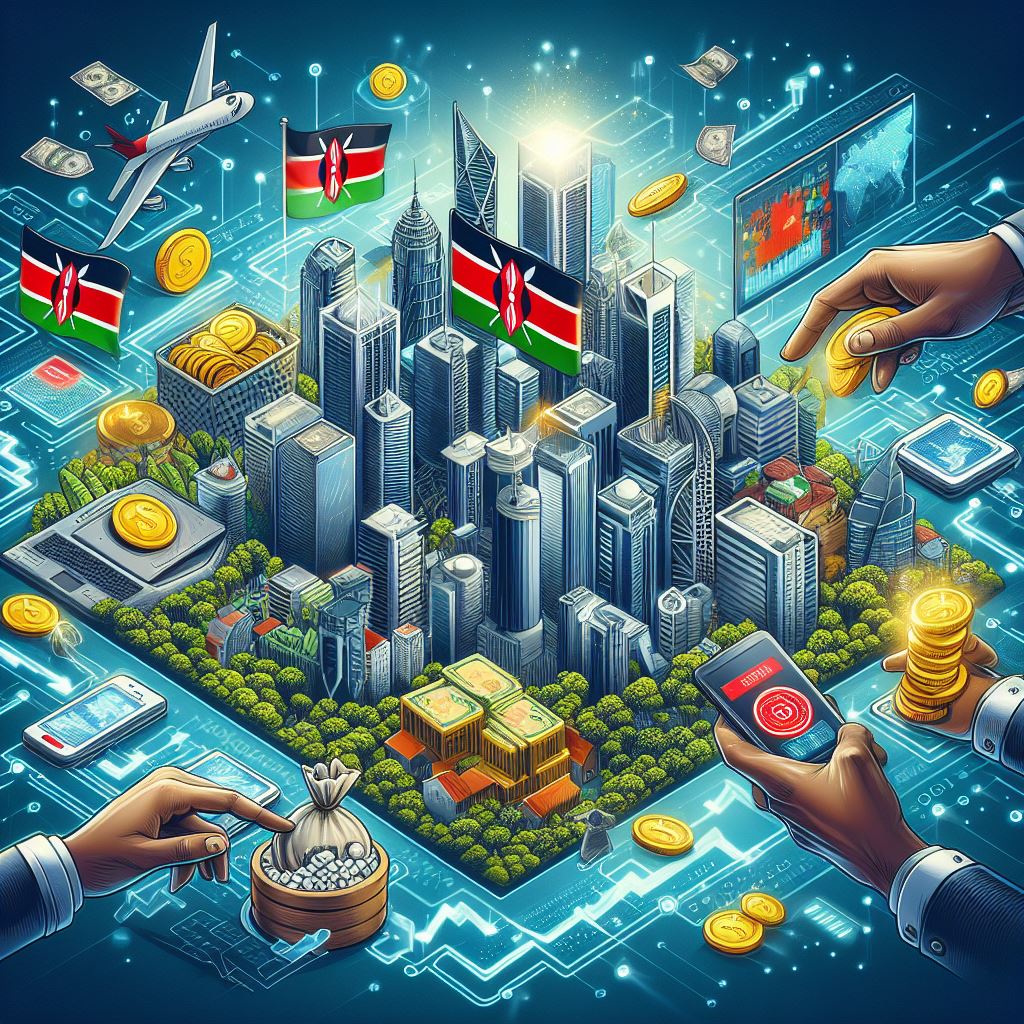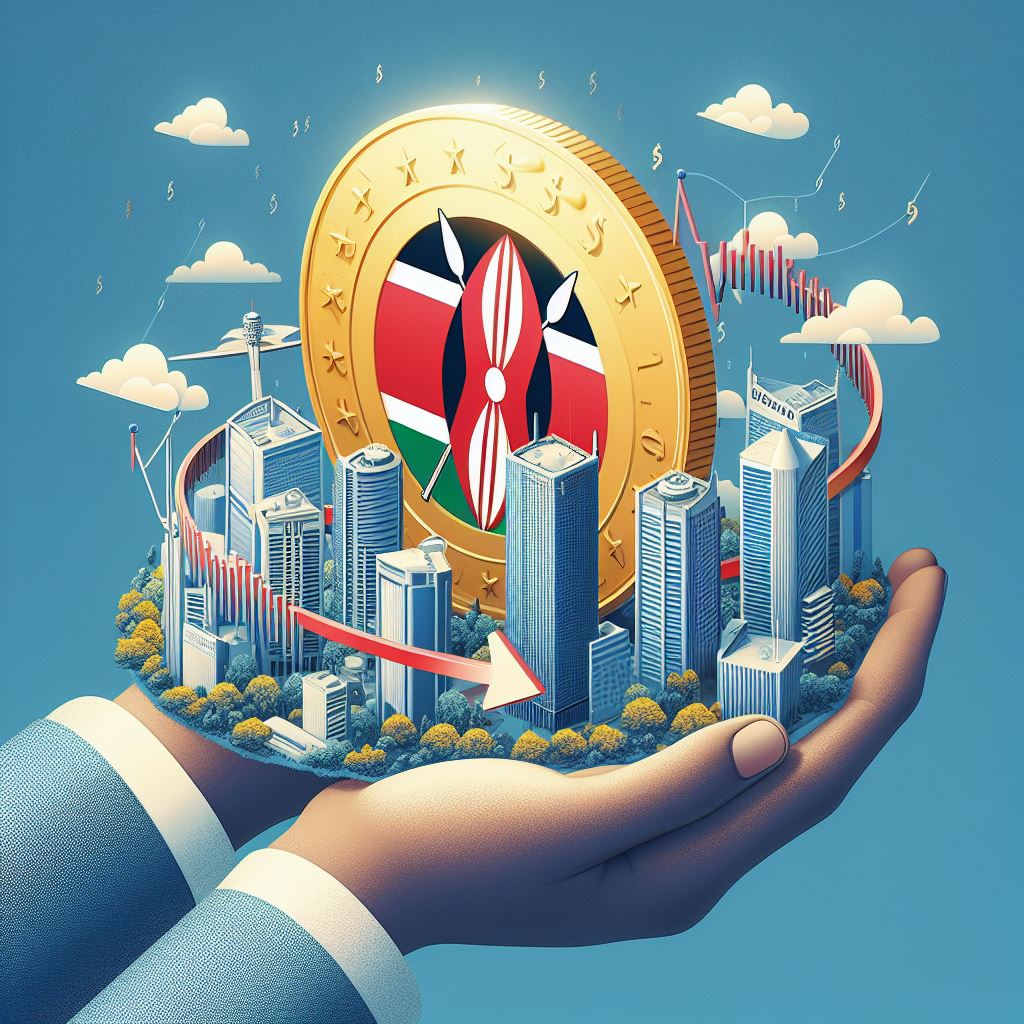Discover how culture weaves an invisible thread that shapes our collective identity. Explore language, traditions, art, and more in this insightful exploration.
Culture, at its core, is the essence of who we are as a group or society. It encompasses our shared beliefs, values, traditions, customs, and language that shape our collective identity. It is like an invisible thread that weaves together the fabric of our existence³.
Understanding Collective Identity
Our identity isn't just individual; it's also collective. When we strongly identify with a group, the group's characteristics become essential to us. Choosing which groups we associate with can influence our habits, values, and behaviors. This collective identity is rooted in a sense of belonging.
10 Ways Culture Shapes Our Collective Identity
1. Language Shapes Our Thinking: Different languages offer unique concepts and ways of expressing ideas. For example, Japanese has the term "shinrin-yoku," which encapsulates the idea of "forest bathing" and the spiritual connection to nature.
2. Cultural Norms Influence Behavior: Cultural norms dictate how we interact, communicate, and behave. From greetings to social etiquette, these norms shape our daily lives.
3. Traditions and Rituals: Cultural practices, rituals, and traditions provide a sense of continuity and identity. Whether it's celebrating festivals, weddings, or funerals, these events bind us to our cultural roots.
4. Food and Cuisine: What we eat reflects our culture. Food brings people together, and the flavors, ingredients, and cooking methods tell stories of our heritage.
5. Art, Music, and Literature: Cultural expressions through art, music, and literature connect us across generations. They convey emotions, history, and shared experiences.
6. Religious Beliefs: Religion plays a significant role in shaping collective identity. Rituals, symbols, and shared beliefs create a sense of community.
7. Social Hierarchies: Cultural norms define social roles, hierarchies, and expectations. These structures influence our behavior and aspirations.
8. Gender Roles: Cultural expectations around gender impact our identities. These roles shape how we perceive ourselves and others.
9. Education and Learning: Cultural attitudes toward education, knowledge, and learning impact our intellectual growth and worldview.
10. Historical Events and Collective Memory: Shared historical events create a collective memory. Whether it's triumphs or tragedies, they shape our identity.
Conclusion
Our cultural tapestry is intricate and multifaceted. The invisible thread of culture binds us together, influencing our thoughts, actions, and sense of self. As we navigate life, understanding this thread helps us appreciate our uniqueness while recognizing our interconnectedness with others.
Remember, culture isn't static; it evolves over time. Embrace its richness, learn from it, and celebrate the invisible thread that weaves us into a diverse and vibrant human family.


























